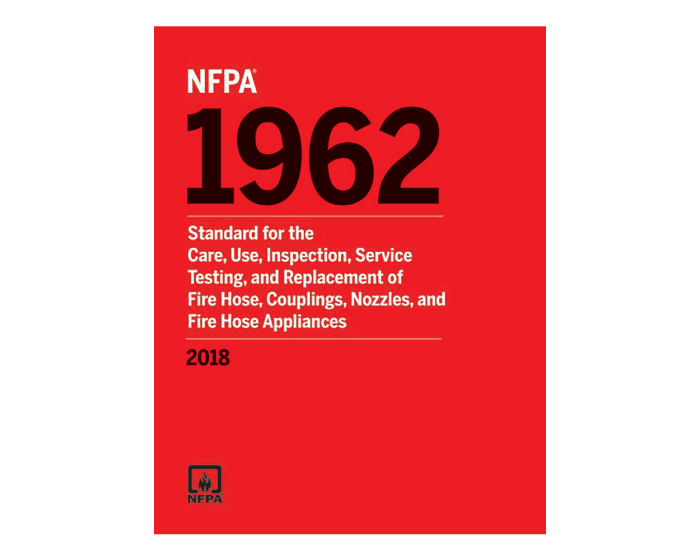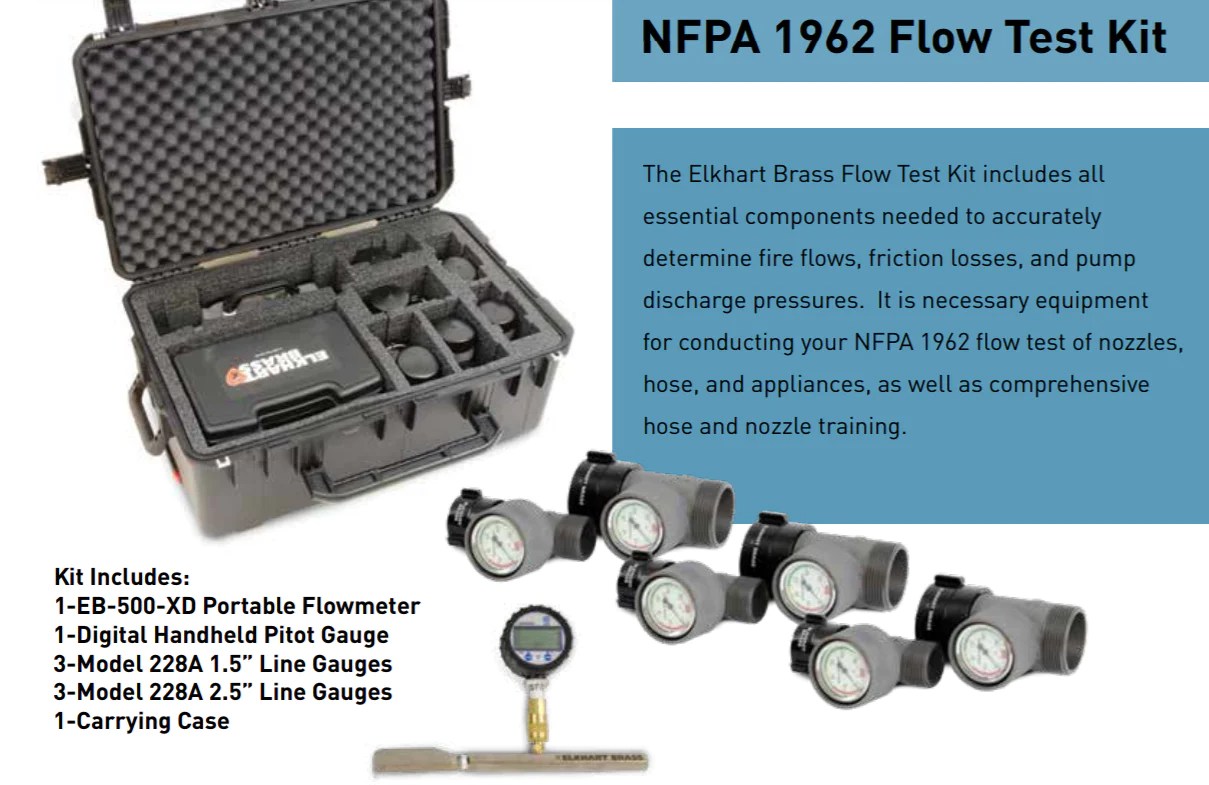NFPA 1962 hose testing time is crucial for maintaining the integrity and effectiveness of fire hoses, safeguarding firefighters and ensuring their readiness to combat blazes. This standard provides comprehensive guidelines for hose testing, encompassing frequency, procedures, evaluation, and documentation.
Established by the National Fire Protection Association (NFPA), NFPA 1962 aims to minimize the risk of hose failures during firefighting operations. By adhering to the specified testing intervals and procedures, fire departments can ensure that their hoses meet the required performance standards, ensuring the safety of firefighters and the effectiveness of their firefighting efforts.
NFPA 1962 Hose Testing Time Overview

NFPA 1962, Standard for the Inspection, Care, and Use of Fire Hose, Including Couplings and Nozzles, is a comprehensive guide for the proper maintenance and testing of fire hoses. It provides detailed requirements for hose testing, including the frequency, methods, and acceptance criteria.
NFPA 1962 was first published in 1968 and has been revised several times since then. The current edition, NFPA 1962:2021, includes significant updates to the hose testing requirements, reflecting the latest advances in hose technology and testing methods.
Purpose and Scope of NFPA 1962
The purpose of NFPA 1962 is to ensure that fire hoses are properly inspected, maintained, and tested to ensure their reliability and performance in firefighting operations.
NFPA 1962 applies to all fire hoses, including:
- Attack hoses
- Booster hoses
- Supply hoses
- Standpipe hoses
- Fire hydrant hoses
NFPA 1962 does not apply to hoses used for other purposes, such as garden hoses or industrial hoses.
History and Evolution of NFPA 1962, Nfpa 1962 hose testing time
The first edition of NFPA 1962 was published in 1968. This edition established the basic requirements for hose testing, including the frequency of testing and the methods to be used.
Subsequent editions of NFPA 1962 have included updates to the hose testing requirements, reflecting the latest advances in hose technology and testing methods. The 2021 edition of NFPA 1962 includes significant changes to the hose testing requirements, including:
- New requirements for the testing of large-diameter hoses
- New requirements for the testing of hoses used in wildland firefighting
- New requirements for the testing of hoses used in high-rise buildings
Frequency and Timing of Hose Testing

NFPA 1962 Artikels the recommended frequency and timing of hose testing to ensure the reliability and effectiveness of fire hoses.
Regular testing helps identify any potential defects or damage, allowing for timely repairs or replacements to maintain optimal performance.
Testing Intervals
NFPA 1962 specifies the following testing intervals for different types of fire hoses:
- Unlined fire hose:Every 3 years
- Lined fire hose:Every 5 years
- Booster hose:Every year
- Suction hose:Every 5 years
These intervals are based on the expected wear and tear experienced by each type of hose in typical firefighting operations.
Importance of Adhering to Schedule
Adhering to the specified testing schedule is crucial for several reasons:
- Safety:Regular testing ensures that hoses are safe to use, preventing potential failures during critical firefighting operations.
- Reliability:Testing identifies any defects or weaknesses that could compromise the hose’s performance, ensuring reliable operation when needed.
- Cost-effectiveness:Timely repairs or replacements based on test results can extend the lifespan of hoses, reducing overall maintenance costs.
- Compliance:Following the NFPA 1962 testing schedule demonstrates compliance with industry standards and best practices.
Test Procedures and Methodology: Nfpa 1962 Hose Testing Time

Conducting hose tests according to NFPA 1962 involves a systematic approach to ensure the integrity and reliability of fire hoses.
The testing process requires specialized equipment and adherence to specific procedures. Let’s delve into the step-by-step guide, equipment requirements, and detailed execution of pressure, leakage, and flow tests.
Equipment Requirements
- Pressure testing pump
- Flowmeter
- Leakage detector
- Nozzles and adapters
- Pressure gauge
Pressure Test
The pressure test evaluates the hose’s ability to withstand internal pressure without bursting or leaking. Here’s how it’s performed:
- Connect the hose to the pressure testing pump.
- Gradually increase the pressure to the specified test pressure.
- Hold the pressure for the required duration.
- Observe the hose for any signs of leakage or rupture.
Leakage Test
The leakage test identifies any defects that may allow water to escape from the hose. Here’s the procedure:
- Connect the hose to a water source.
- Apply pressure to the hose.
- Use a leakage detector to scan the entire length of the hose.
- Any detected leaks should be marked and repaired.
Flow Test
The flow test measures the amount of water that can pass through the hose under specified conditions. Here’s how it’s done:
- Connect the hose to a water source.
- Attach a flowmeter to the discharge end of the hose.
- Apply pressure to the hose.
- Record the flow rate at the specified pressure.
Inspection and Evaluation of Results

Upon completion of hose testing, a thorough inspection and evaluation of the results are crucial to determine the suitability of the hose for continued use. NFPA 1962 provides specific criteria for evaluating test results, ensuring the safety and reliability of the equipment.
The inspection process involves carefully examining the hose for any signs of damage, such as cuts, abrasions, or bulges. These defects can compromise the integrity of the hose and pose a safety hazard. Additionally, the hose should be checked for leaks or any other indications of structural weakness.
Types of Failures
During testing, hoses may exhibit various types of failures, including:
- Burst Failure:Occurs when the hose ruptures due to excessive pressure, resulting in a sudden release of water.
- Leakage Failure:Characterized by the seepage of water through the hose material or connections, indicating a compromised seal or structural weakness.
- Elongation Failure:Occurs when the hose stretches beyond its specified limits, potentially reducing its ability to withstand pressure.
- Kink Failure:Occurs when the hose is bent sharply, causing a blockage in water flow and potentially damaging the hose structure.
Interpretation of Results
The interpretation of test results should be based on the specific requirements Artikeld in NFPA 1962. Typically, hoses that pass the test without exhibiting any failures are deemed suitable for continued use.
However, hoses that fail any of the specified tests should be removed from service and either repaired or replaced. The severity of the failure and the potential safety risks associated with it should guide the decision-making process.
Documentation and Record Keeping

Proper documentation and record keeping are crucial for hose testing to ensure compliance, maintain a hose management program, and provide a historical record for future reference.
Template for Test Records
Test records should include the following information:
- Hose identification (e.g., manufacturer, model, serial number)
- Test date and time
- Test location
- Test equipment used
- Test results (e.g., pass/fail, pressure, flow rate)
- Inspector’s name and signature
- Any repairs or modifications made to the hose
Role of Test Records
Test records serve several important purposes:
Compliance
They provide evidence of compliance with NFPA 1962 and other applicable standards.
Hose Management Program
They help track hose performance over time and identify hoses that need to be replaced or repaired.
Historical Record
While the nfpa 1962 hose testing time can be quite lengthy, it’s important to remember that safety comes first. In the meantime, why not check out the latest case départ missy d lyrics ? Once you’re done grooving to the beat, come back here and we’ll pick up where we left off with the nfpa 1962 hose testing time.
They provide a valuable record of hose testing activities, which can be useful for troubleshooting, maintenance planning, and insurance purposes.
Safety Considerations
Hose testing involves high-pressure water and potential hazards. Ensuring the safety of personnel and the surrounding area is paramount.
To minimize risks, adhere to the following guidelines:
Personal Protective Equipment (PPE)
- Wear flame-resistant clothing and gloves to protect against hot water.
- Wear eye protection to shield against water spray.
- Use earplugs or muffs to reduce noise exposure.
- Wear a hard hat in case of falling debris.
FAQ Section
What is the purpose of NFPA 1962 hose testing?
NFPA 1962 hose testing aims to ensure the reliability and performance of fire hoses, minimizing the risk of failures during firefighting operations.
How often should fire hoses be tested according to NFPA 1962?
NFPA 1962 recommends annual testing for fire hoses, with more frequent testing required for hoses exposed to harsh conditions or frequent use.
What are the key elements of NFPA 1962 hose testing?
NFPA 1962 hose testing involves a series of procedures, including pressure testing, leakage testing, and flow testing, to assess the hose’s integrity and performance.
Why is proper documentation important for NFPA 1962 hose testing?
Documentation of hose testing results provides a record of the hose’s condition and performance, facilitating compliance with regulations and supporting a comprehensive hose management program.